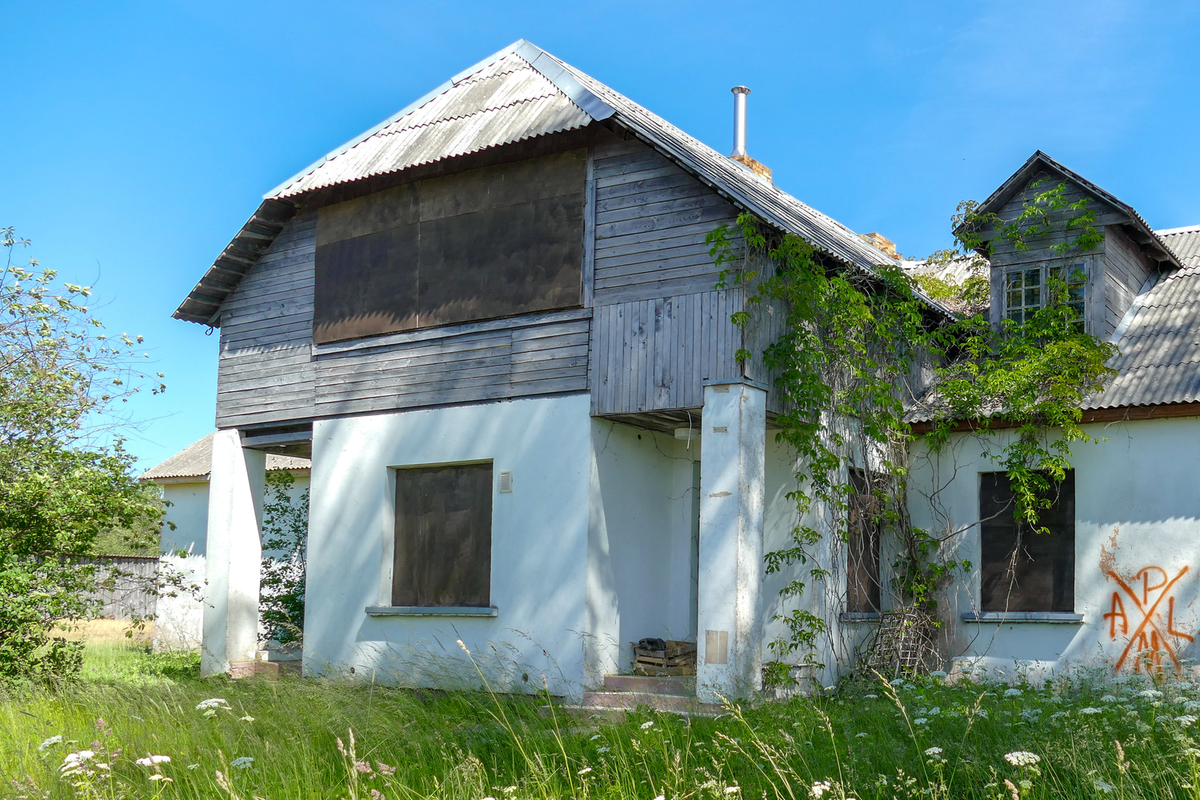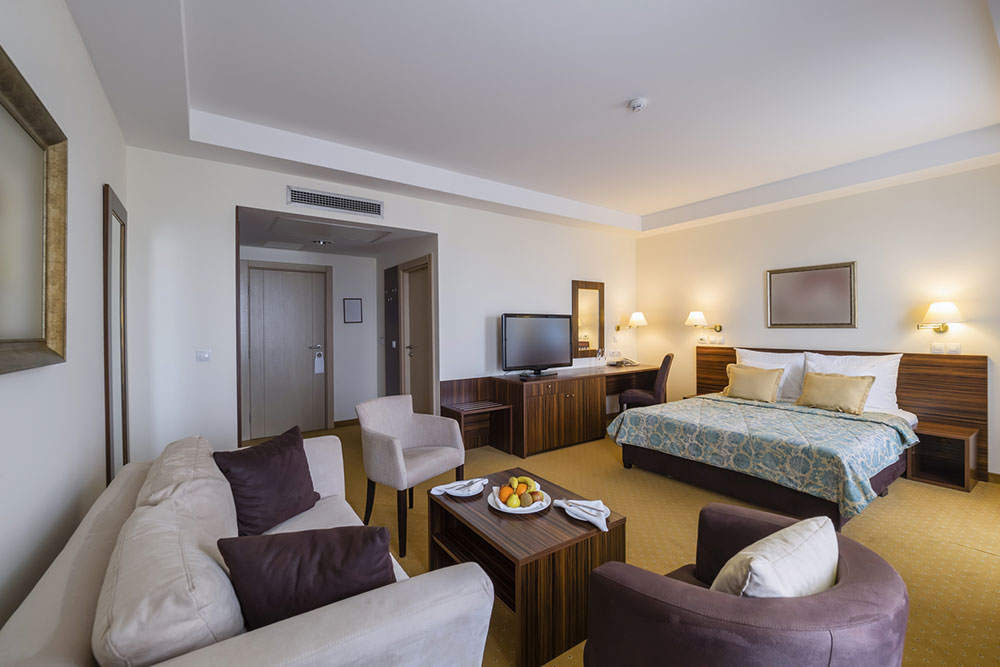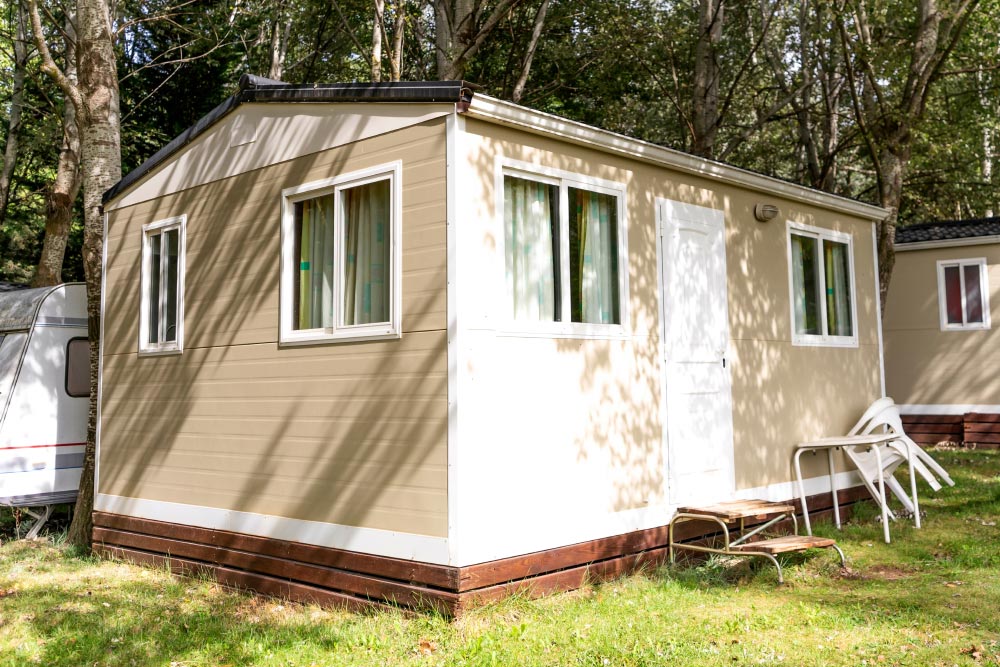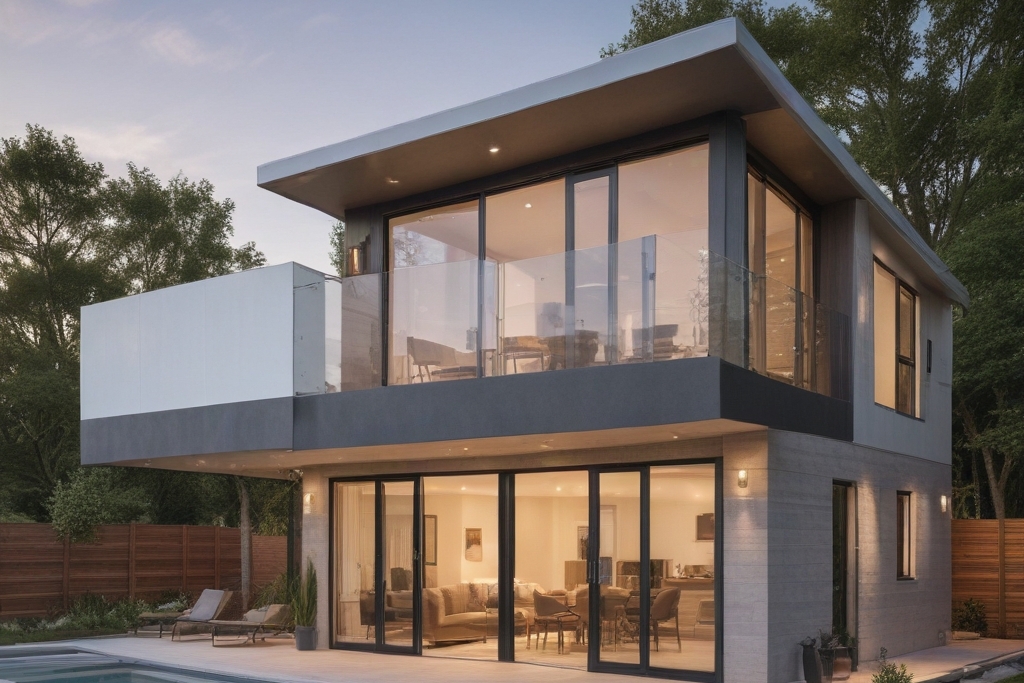Affordable Senior Housing Opportunities in Vacant Properties – Advantages, Costs, and Important Tips
Explore affordable housing options for seniors through abandoned properties. This guide covers benefits like cost savings, customization, investment potential, and key considerations such as repair costs, owner identification, accessibility features, and future pricing trends in 2025. Ideal for seniors seeking budget-friendly, adaptable, and strategically located homes, this article provides practical advice for navigating the complexities of purchasing abandoned real estate.
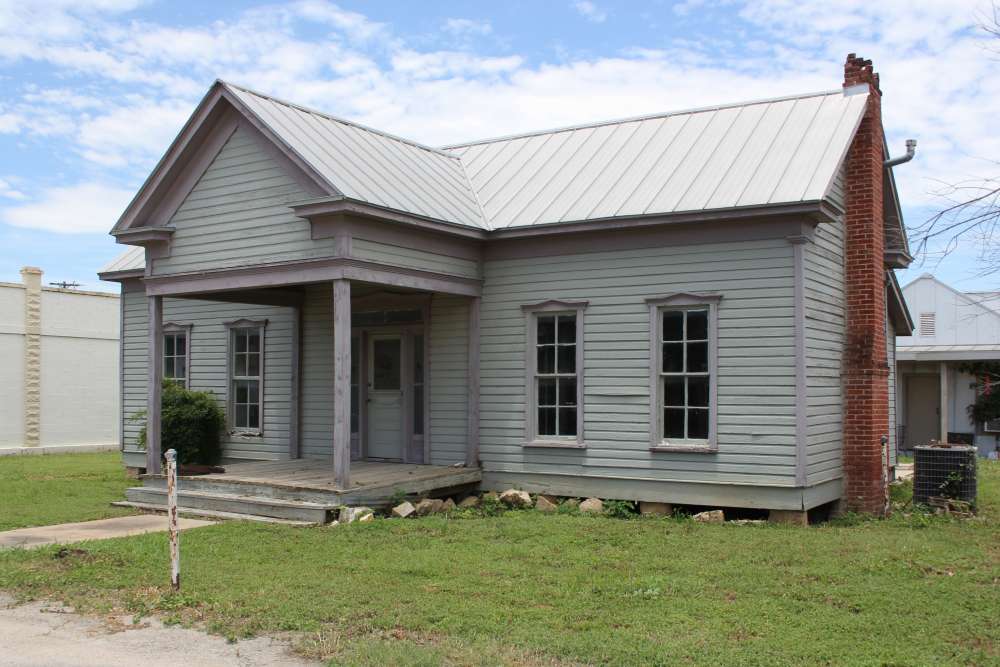
Affordable Senior Housing Opportunities in Vacant Properties – Advantages, Costs, and Important Tips
Vacant properties often become available due to reasons such as inheritance issues, financial hardships, or foreclosures. These homes present an excellent option for seniors seeking budget-friendly living solutions or investment prospects. Understanding the key aspects of purchasing abandoned homes and carefully weighing ownership considerations are vital steps before making a purchase.
Advantages of Choosing Vacant Homes for Seniors
Cost-Effective Acquisition
Increasing property prices have made homeownership difficult for many. Seniors relying mainly on pensions or retirement savings may find it challenging to buy new properties. In these situations, buying abandoned homes offers a more affordable alternative, especially as banks and lenders are eager to sell off foreclosed properties quickly to minimize losses.
These properties are often in need of renovation, giving seniors an opportunity to tailor the space to their preferences. This customization potential makes them attractive for those wanting to create their dream home from scratch.
Investment Potential
Abandoned properties are ideal for rehabilitation projects. These homes typically require extensive repairs, offered at a fraction of their market value. Buyers can renovate, increase the property's value, and potentially sell for a profit. Seniors interested in real estate investment can consider these for long-term gain.
Variety of Locations
High-demand urban areas tend to have pricey properties, but abandoned homes offer a way to access desirable neighborhoods at lower costs. For seniors preferring to stay in familiar communities, abandoned homes nearby can provide affordable options with access to local amenities like parks, shops, and healthcare facilities.
Limited Competition
Compared to standard real estate sales, buying abandoned homes often involves less competition. This makes the purchasing process easier and less stressful for seniors, ensuring more straightforward ownership transfer.
Important Factors to Keep in Mind When Purchasing Abandoned Homes for Seniors
Estimating Repair Costs
Numerous abandoned homes may have suffered structural damage, mold, plumbing issues, or roof deterioration over time. Seniors should conduct thorough inspections to understand the scope of repairs needed and prepare for significant investment in renovations. Hiring reputable contractors and planning for extra time and patience are crucial.
Locating the Owner
Pinpointing the legal owner of an abandoned property can be challenging. It may involve title searches, contacting local authorities, or reviewing public records. Foreclosed properties owned by banks are generally easier to acquire, as these are handled directly by financial institutions.
Assessing Accessibility Features
For seniors, homes with accessibility options such as walk-in showers, handrails, and wheelchair ramps are important. If the purchased property lacks these features, additional costs for modifications should be considered in the budget.
Projected Prices in 2025
Abandoned property prices depend on factors like location, size, condition, and ownership source. For example, in the Midwest, a three-bedroom, 1200 sq ft house might cost around $80,000. Similar properties in the Southeast, with larger square footage, tend to be priced similarly. Market trends and seller origin also influence prices significantly.

